Childhood in previous decades was a wild landscape of potential danger and unbridled freedom that would make modern parents break out in a cold sweat. Safety regulations were more of a suggestion than a rule, and kids were expected to navigate the world with minimal adult supervision. These activities weren’t just pastimes—they were daily adventures that shaped an entire generation’s resilience and independence.
1. Riding Bikes Without Helmets
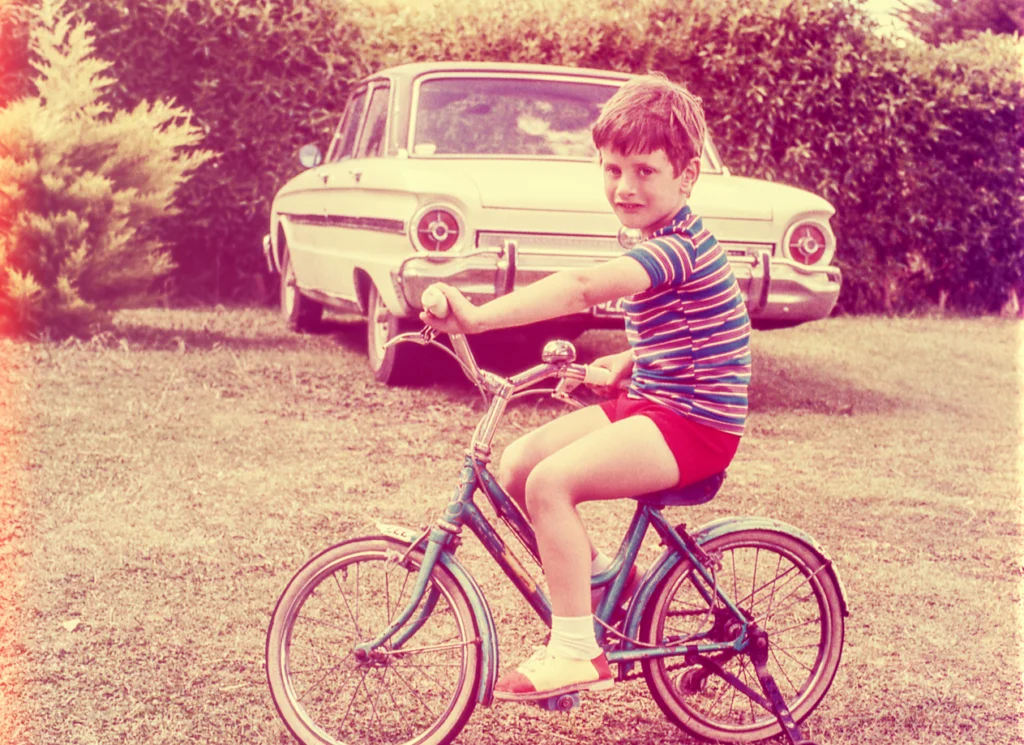
Children would hop on bicycles without a single piece of protective gear, sailing down streets and through neighborhoods with complete abandon. Helmets were virtually non-existent, and the wind rushing through your hair was considered the ultimate childhood freedom. Parents would wave goodbye without a second thought about potential head injuries. Velotric notes that it’s good to know which state has what specific laws regarding helmets these days.
The bikes themselves were often hand-me-downs with questionable maintenance and no safety features. Kids would modify their rides, adding baseball cards to spoke wheels to create noise and racing with reckless enthusiasm. Modern parents would be horrified by the complete lack of protective equipment and supervision.
2. Playground Equipment from the Stone Age
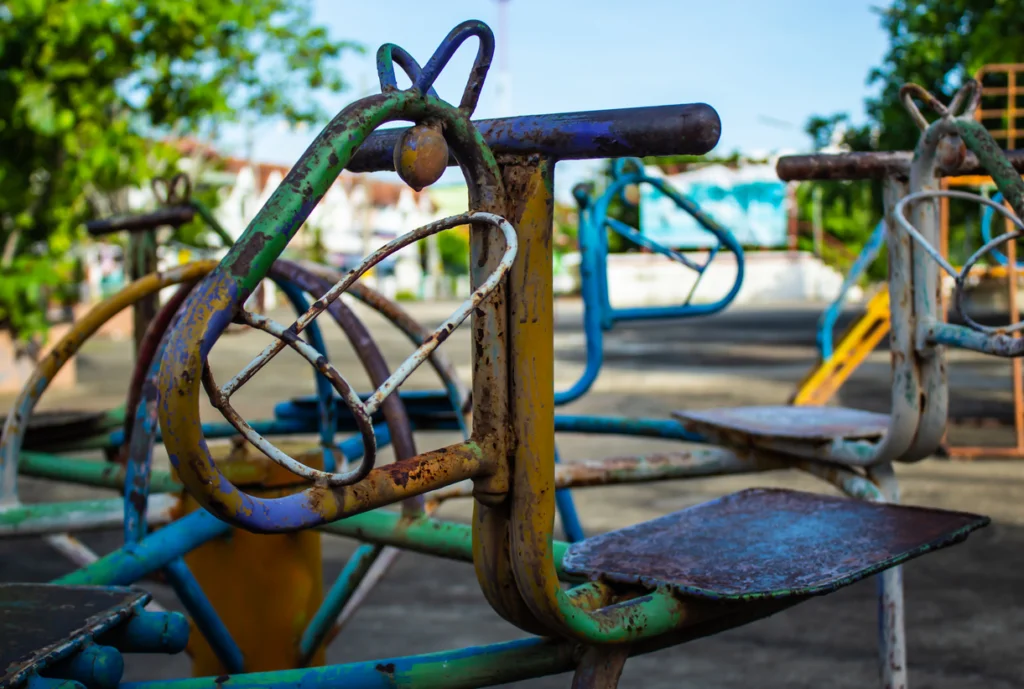
Playgrounds featured equipment that looked more like medieval torture devices than children’s play spaces. Metal slides heated up like griddles in the summer sun, with sharp edges and no safety padding underneath. Merry-go-rounds and tall monkey bars seemed designed to test the limits of childhood durability. PlayWorld explores the expansive evolution public playgrounds have undergone in the United States and show just how far they’ve come.
Children would launch themselves from incredible heights, landing on hard-packed dirt or concrete with nothing but their own reflexes to break the fall. Tetanus-inducing rust, splintered wood, and bone-crushing metal were standard playground features. Today’s sanitized, padded playgrounds would be unrecognizable to kids of previous generations.
3. Hitchhiking as a Normal Transportation Option

Children and teenagers would routinely stick out their thumbs and catch rides with complete strangers without a second thought. Parents would casually tell their kids to hitchhike home from school or to a friend’s house, trusting in the kindness of random drivers. The concept of stranger danger was virtually non-existent. MEL Magazine explores the practice of hitchhiking specifically through an American lens as an old staple of the country.
Hitchhiking was seen as an adventure, a rite of passage that demonstrated independence and street smarts. Kids would share stories of interesting rides and fascinating strangers they’d met along the way. Modern parents would consider this approach to transportation a form of child endangerment.
4. Unsupervised Exploration of Neighborhood and Beyond
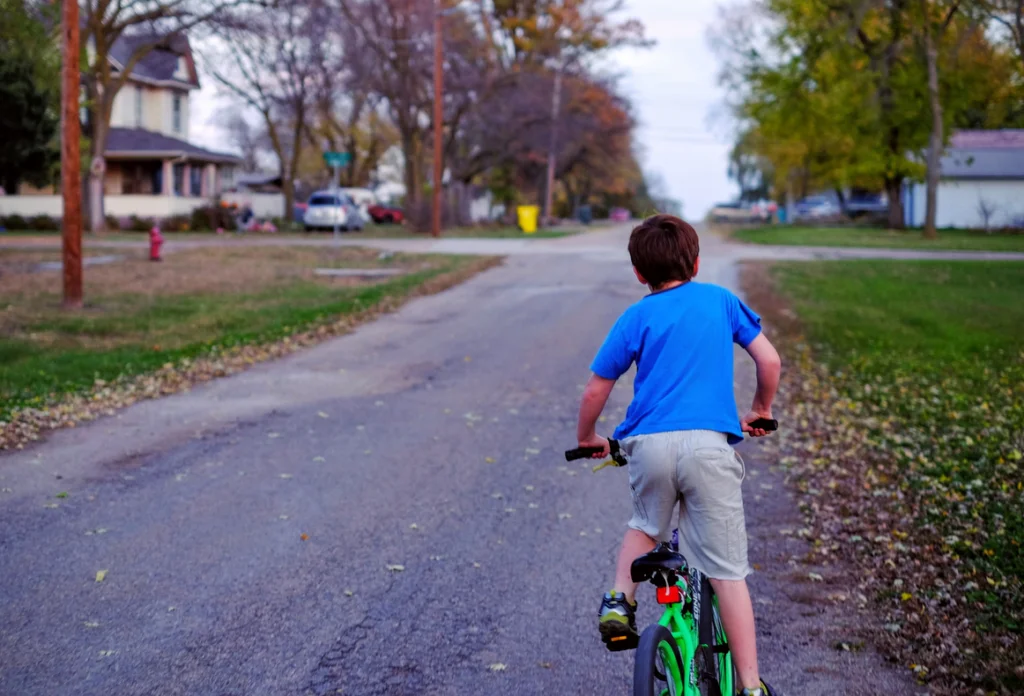
Children would disappear from home after breakfast and return only when hunger or darkness called them back. Entire days would be spent exploring woods, creeks, abandoned buildings, and distant neighborhoods with zero adult supervision. Parents would have no way to contact their children until they returned home.
The boundaries were simple: be home by dinnertime and don’t do anything truly dangerous. Kids would create elaborate adventures, build secret hideouts, and explore the world with complete freedom. Today’s heavily scheduled and monitored childhood would be unrecognizable to these free-range explorers.
5. Chemistry Sets with Actual Dangerous Chemicals
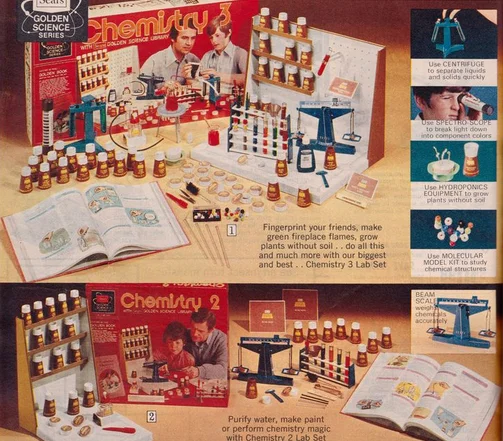
Children’s chemistry sets came with real chemicals that could create actual explosions, burns, and potentially toxic reactions. No protective gear was required, and kids were essentially handed a box of potentially dangerous scientific experiments. Parental guidance was minimal, and learning often came through spectacular (and potentially harmful) trial and error.
These sets contained chemicals that would now be locked away in high-security laboratories. Kids would mix compounds, create small explosions, and conduct experiments with zero understanding of potential risks. Modern safety regulations would never allow such unrestricted scientific exploration by children.
6. Riding in Car Fronts Without Car Seats
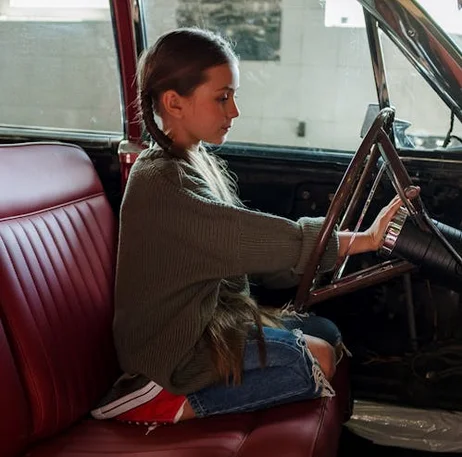
Children would routinely ride in the front seat of cars, often sitting on a parent’s lap or sliding around unrestrained. Seat belts were optional, and car seats were virtually non-existent for most families. Kids would stand between seats, hang out windows, and move freely throughout moving vehicles.
The concept of child restraint was completely foreign to previous generations of drivers. Parents would think nothing of having multiple children crawling around inside a moving vehicle. Today’s strict car seat and child safety laws would seem like science fiction to these free-roaming passengers.
7. Lawn Dart Games
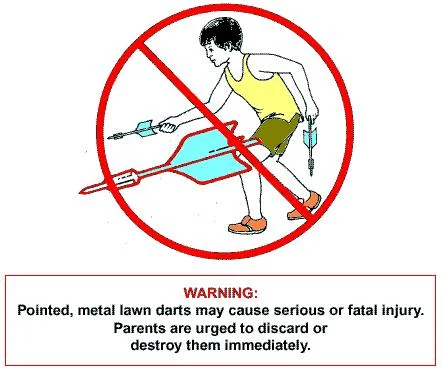
Lawn darts were essentially large, sharp metal projectiles that families would throw at targets, with children often participating. These deadly toys would be hurled through the air, landing wherever they might – including potentially on unsuspecting players. No protective gear was used, and injuries were considered part of the game.
Families would set up these dangerous games in backyards during summer gatherings, with children and adults alike participating. The sharp metal tips could easily puncture skin, yet they were sold as a family entertainment product. Modern toy safety regulations would immediately ban such a dangerous “game.”
8. Climbing Trees Without Supervision
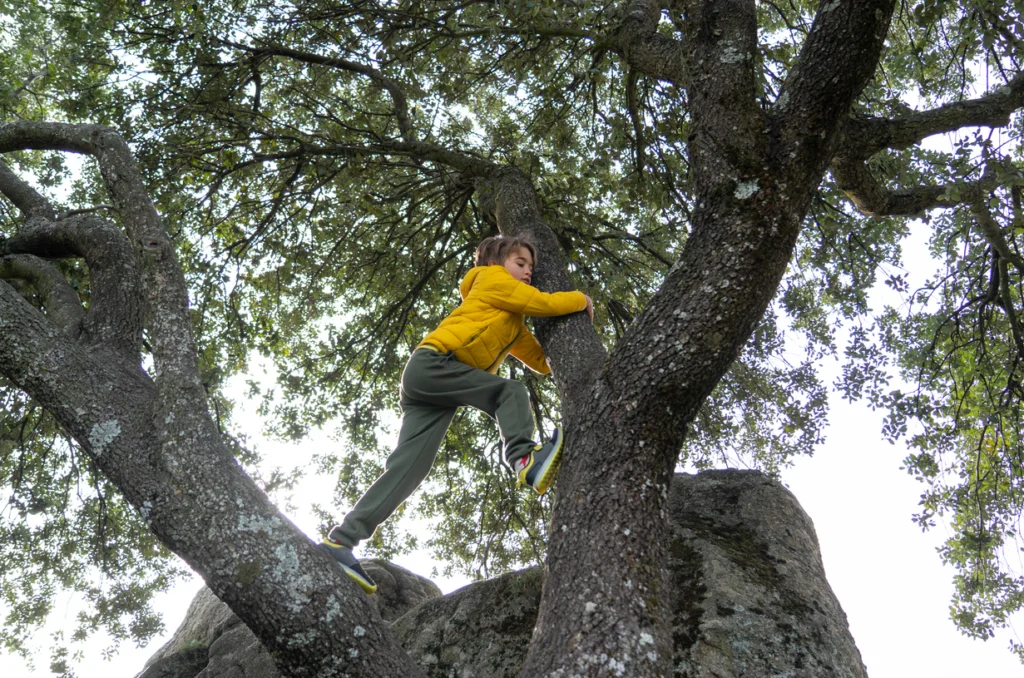
Children would scale massive trees to incredible heights, with no safety harnesses, helmets, or adult supervision. Falls were considered a natural part of the learning process, and broken bones were almost a badge of honor. Kids would challenge each other to reach the highest, most dangerous branches.
The ability to climb was seen as a fundamental childhood skill, with no consideration for potential injuries. Children would spend entire days in treetop adventures, completely out of sight of adults. Today’s approach to childhood would never allow such risky vertical exploration.
9. Walking to School Alone at Very Young Ages
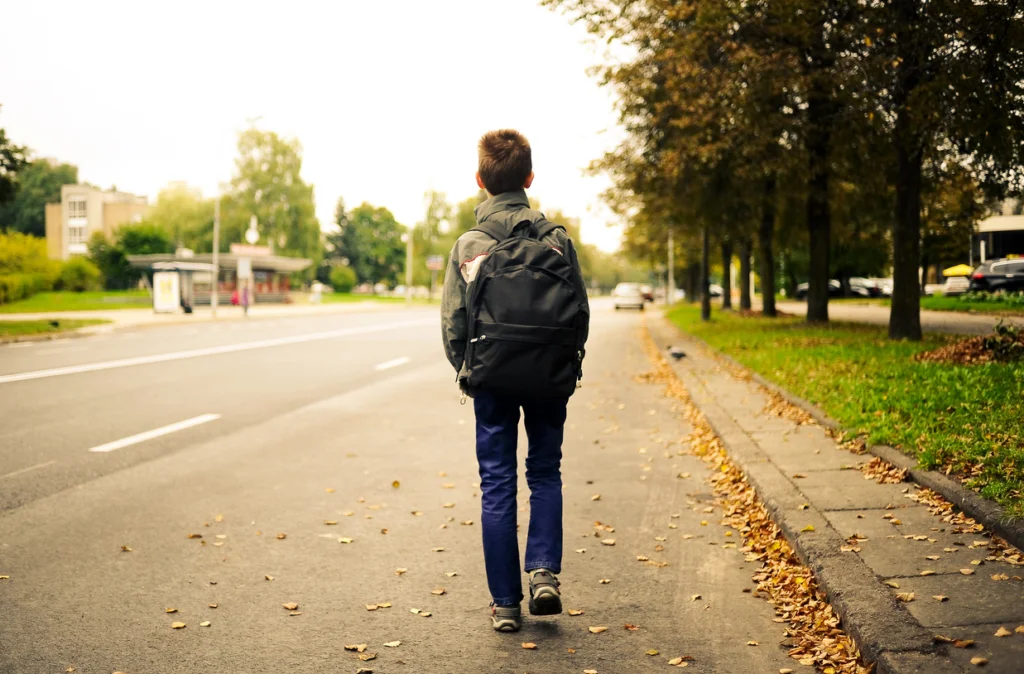
Elementary school children would routinely walk miles to and from school without any adult accompaniment. Kids as young as six or seven would navigate busy streets, railroad crossings, and potentially dangerous areas completely alone. Parents would wave goodbye, confident in their children’s ability to navigate the world.
The walk to school was considered an important part of childhood independence and development. Children would travel in groups or alone, learning street smarts and self-reliance. Modern helicopter parenting would find this approach unthinkably dangerous.
10. Playing with Mercury from Broken Thermometers

Children would frequently play with mercury from broken thermometers, fascinated by the liquid metal’s unique properties. No one understood the toxic nature of mercury, and kids would roll the silvery substance around with bare hands. Science classes would even use mercury as a teaching tool with zero safety precautions.
The shiny, moving metal was seen as a fascinating scientific curiosity rather than a serious health hazard. Children would experiment with mercury, breaking thermometers to access the mysterious substance. Today’s understanding of toxic materials would never allow such casual interaction.
11. Fireworks Handled by Children
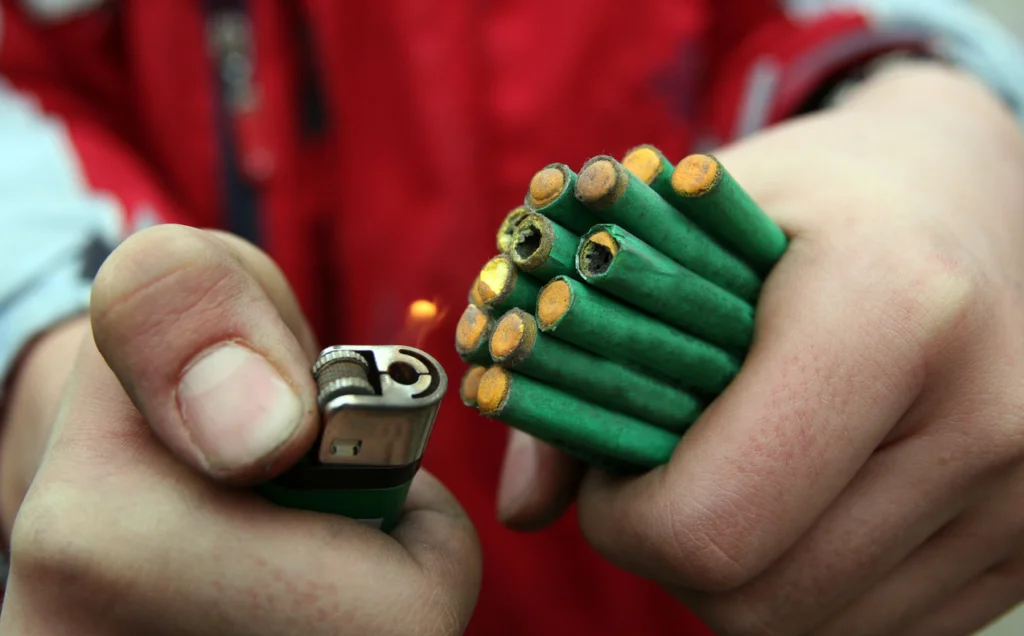
Kids would routinely handle and set off powerful fireworks with minimal supervision or safety training. Fourth of July celebrations involved children lighting explosives, Roman candles, and other potentially dangerous pyrotechnics. No protective gear was used, and injuries were considered an expected part of the celebration.
Fireworks were seen as a childhood rite of passage, with even young children allowed to light and handle explosives. Burns and injuries were expected and rarely resulted in significant parental intervention. Modern fireworks safety laws would be unrecognizable to previous generations.
12. Riding in Open Truck Beds
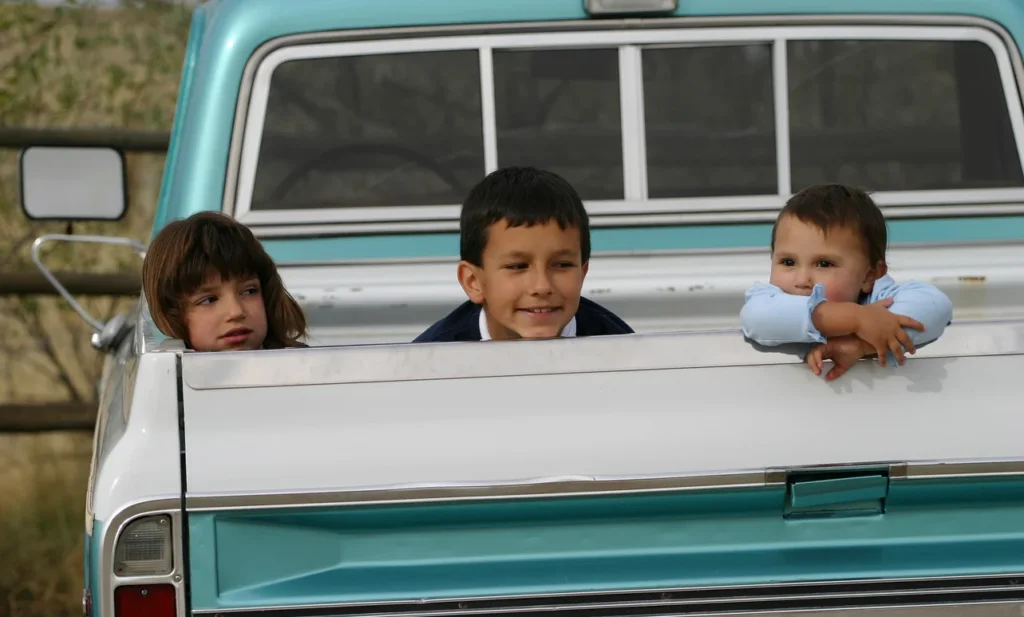
Families would regularly transport children in the open beds of pickup trucks, with kids bouncing around during highway travel. No safety restraints existed, and children would sit, stand, and play in the moving vehicle’s exposed rear. The wind, potential for falling, and complete lack of protection were considered part of the adventure.
These truck bed rides were a common form of transportation for family outings and farm work. Children would view it as an exciting way to travel, enjoying the open air and sense of freedom. Today’s strict vehicle safety laws would make such transportation completely illegal.
13. DIY Home Repairs with Children
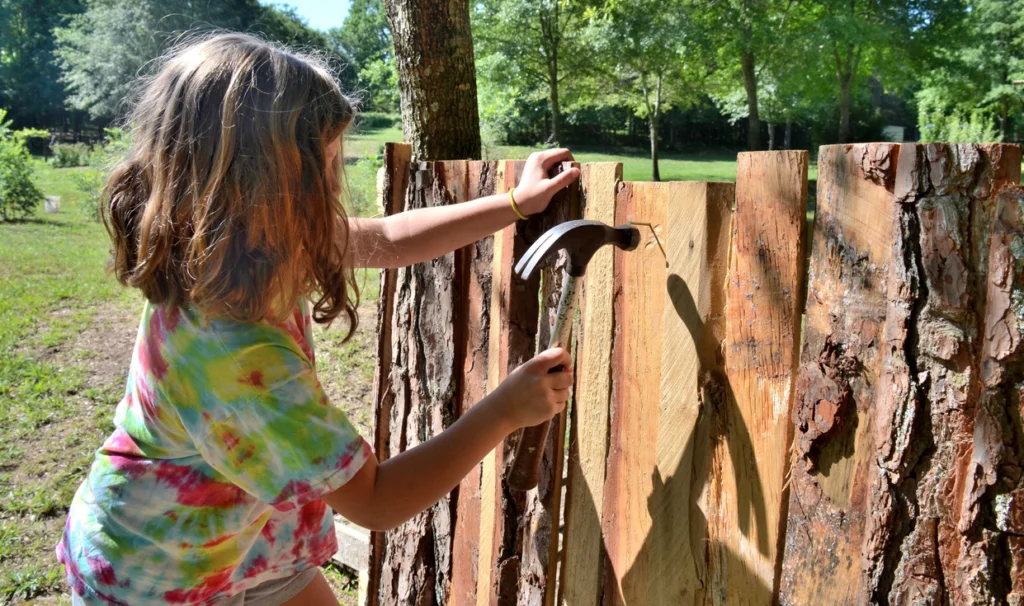
Children would routinely assist with dangerous home repairs, using power tools, climbing ladders, and handling potentially hazardous materials. No safety gear was required, and kids were expected to learn through hands-on experience with minimal guidance. Sharp tools, electrical work, and potentially toxic substances were all fair game for childhood learning.
Parents would hand children hammers, saws, and other potentially dangerous tools with zero hesitation. Learning practical skills meant direct, potentially risky exposure to adult work. Modern child safety approaches would never allow such direct interaction with dangerous equipment.
Our childhood wasn’t just different—it was a daily dance with potential disaster that somehow managed to produce functional, resilient adults. These risky adventures shaped a generation’s understanding of independence, risk, and personal responsibility. While today’s safety-conscious approach has its merits, there’s something to be said for the wild, unrestrained childhood of yesteryear.


